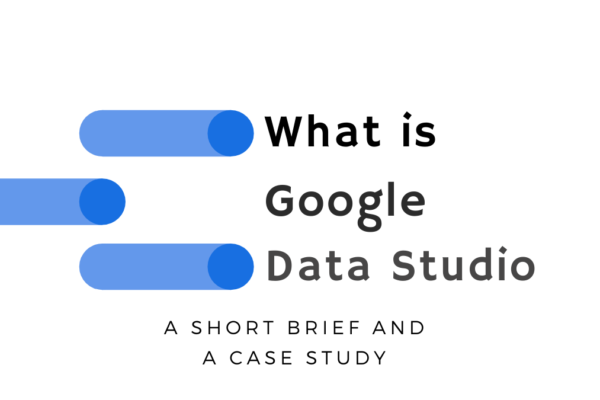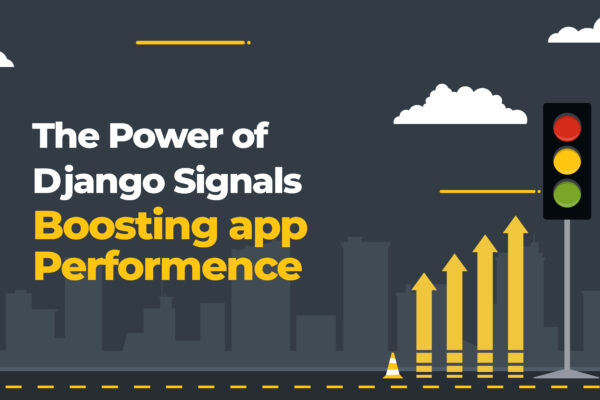What is smart dust?
Smart dust is exactly what it sounds like: internet-connected dust particles. Well, not exactly. They are sensors the size of dust particles, of around one-millimetre size. They are capable of monitoring and sensing various signals from the environment, such as sound, temperature, humidity, and more. These sensors are wirelessly connected to a network, and work as sensors in an IoT system.
Due to their size, they are not expected to have a long battery life or range, and are expected to stay suspended in the environment for a long time, just like dust particles. They are usually referred to as ‘motes’ or Microelectromechanical systems (MEMS). Smart dust may one day completely transform IoT, much like how IoT transformed the world.
In some ways, MEMS are similar to nanobots, except smart dust is a sensor network, and more of an input device, while nanobots are more of an output device. Even though sensor networks using smart dust is yet to find popular applications, advances have been made over the last three decades since the idea for smart dust emerged in the 90s.
Smart dust: origins.
Dr Kristofer S.J Pister is considered to be the inventor of smart dust. The idea first came in a workshop conducted at RAND Corporation, an American think tank. In 1997, Dr Kristofer S. J Pister, along with his colleagues Joe Kahn, and Bernhard Boser from the University of California submitted a research proposal to DARPA and coined the term Smart Dust.
The proposal was to create tiny wireless sensors, one cubic millimetre in size, to rapidly deploy them in a battlefield to conduct surveillance on enemy territory. The project resulted in a working sensor, which, in a test, was able to detect and track the acceleration and movement of vehicles. Dr Kristoff later found Dust Networks, which develops low power wireless mesh networks.
How it works
Smart dust works just like other sensors used in other IoT systems, except these systems are much smaller in size, and a lot more in numbers. They are connected to a network and transmit their data over small distances.
As you can imagine, making them small is the major technical hurdle. And for this reason, they’re usually 3D printed. Making a small enough power source is a bigger problem than making the sensor small. For this, researchers have employed strategies, like using power generation devices such as solar panels or vibration motors to generate power instead of storing it. Letting the device sleep most of the time, waking up only to collect and transmit the date is another strategy to run the device without too much power demands.
Applications of smart dust
Smart dust can change how IoT and AI are used in agriculture. Currently, most of the AI systems rely on computer vision to check for any pests or infections. Robots that plucks fruits use cameras to identify the fruits, and to check if they’re ripe enough. While these technologies automate a lot of work in agriculture, they’re not significantly better than humans in identifying infections or ripeness.
With smart dust, it may be possible to identify infectious organisms way before they create any discolourations. Sensors capable of quantifying the level of particular chemicals in fruits can result in robots that are better than humans at identifying the ripeness of fruit. Smart dust can also be deployed for weather forecasting which will improve it significantly.
Another application of smart dust could be in monitoring industrial processes. Large scale deployment of sensors can detect cracks in machinery or leaks in tanks way before it is noticed or it starts affecting the performance.
The impact of nanobots in healthcare has been widely speculated. Smart dust will also create a similar impact on the way diseases are diagnosed. Diagnoses could be way less invasive, but at the same time more detailed and accurate with the help of smart dust.
Where are we now?
Smart dust is yet to see any consumer applications, but centimetre scale sensors are already seeing a lot of applications in many industries, where they are being used to monitor various processes.
Innovation at the University of Michigan
In 2008, researchers from the University of Michigan produced the Phoenix processor, for sensing applications. At a size of 915 x 915 microns, the processor has low power requirements through a sleep management strategy and other techniques.
Using this process another team, from the University of Michigan made the Michigan Micro Mote, a two-millimetre computer capable of collecting data, processing it, and giving the results. They combined the phoenix processor with solar cells capable of producing power from ambient light even without natural sunlight.
The computer is expected to work perpetually and by generating power from within, they were able to overcome the major deterrent in reducing the size of computing systems: the battery. Labelled the M3, the Michigan Micromote have three variants, capable of sensing temperature, sensing pressure, and taking pictures respectively.
Innovation from other parts of the world
A couple of years ago, HP announced CeNSE, or Central Nervous System for the Earth, which aimed to use nanoscale sensors to monitor the environment. The idea is to monitor large scale systems, such as bridges, roads, and other infrastructure, as well as aircrafts and industrial plants. The sensors are tiny accelerometers capable of sensing motion and vibrations.
An operating system developed for low power wireless sensor networks was first released in 2000. The OS is designed with an emphasis on the low power and memory requirements posed by sensors like smart dust. It started at UC Berkeley in collaboration with Intel and Crossbow technologies as part of the DARPA Nest program and has now grown into an international consortium.
A variant of smart dust, called Neural Dust which aims to sense signals from the human brain. Researchers from the University of Berkeley did the first-ever demonstration of neural dust using a wireless sensor 3mm long and 1mm across. They attached it to the sciatic nerve of a rat and recorded its activity in response to stimulation provided to its foot. The system made use of ultrasound to both power and take readings from the device.
Similar technology may come up from the Elon Musk owned company Neuralink, which aims to create a brain-computer interface and possibly cure degenerative disorders like Parkinson’s. The company has already claimed that using its technology, a monkey was able to control a computer. They’re trying to use electrodes inserted into the brain, and these electrodes are already thinner than a human hair. It may not be long before sensors could be sprinkled onto the brain to study neural activity and possibly use it to control devices.
Major hurdles
As you can imagine, reducing the size without compromising the life of the sensor will be a major technological challenge for developing smart sensors. As given in the examples before, one of the options may be to generate power on its own. Vibrational motors may one day generate enough power to run a heart monitoring sensor using the heartbeat itself, or to monitor heavy machinery using its own vibrations.
Beyond the technological challenges, smart dust presents a lot of privacy concerns. Sensors which may be invisible to the naked eye floating around you and monitoring your actions are definitely creepy. As with the explosion of smartphone cameras, smart dust may create its own privacy issues.
Another hurdle will be the cost. For smart dust to be effective, it is necessary that they are deployed in large numbers. And for this to be possible, it is necessary that the costs be kept very low.




